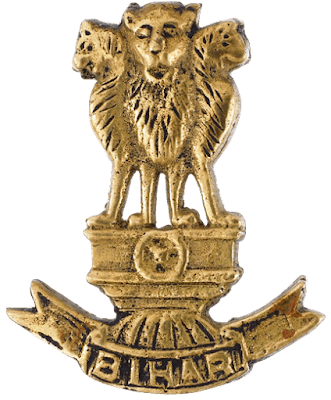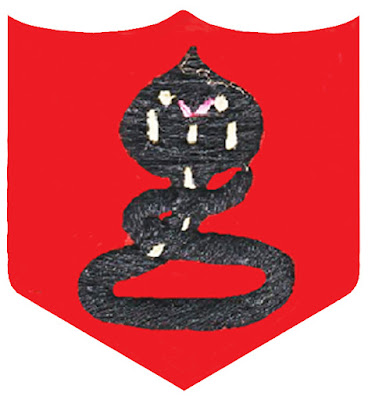SANDIP UNIVERSITY

SANDIP UNIVERSITY Sandip University is located in Sijoul of Madhubani District, Bihar. The university offers multiple courses at the diploma, undergraduate, postgraduate and doctoral levels in different fields including engineering, computer science, commerce and management and education. The university offers twenty two courses in four streams in the fields of engineering, management, design and fashion technology, law and education ( Sandip ). The logo of the university has a pictorial and wordmark in red and black. The pictorial has a head of lion placed above glowing rays of light and is placed in a circle with a borderline. The wordmark has its name written in red serif font and the ‘university’ and its status is written in black. The lion head symbolises The lion head symbolises courage, strength, excellence and resilience in the face of challenges. The glowing rays of light signifies understanding and intellectual thought. It is the opposite of ignorance or darkn



